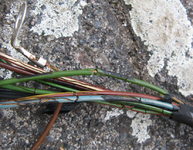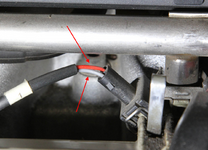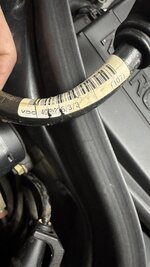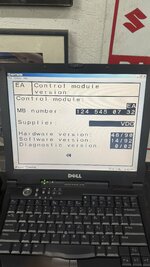I’ve been working to get a 500 E that’s been sitting for about 5 years, running again. When I started working on it, the engine was only running on 4 cylinders and found it to be a bad EZL, so I replaced it, and that got it running on all eight cylinders very poorly, so I smoked tested the intake and found it to be leaking from the seals between the upper and lower intake manifold. I replaced those, and no more leaks, but it’s still running poorly.
I noticed the MAF readings were all over the place, ranging from 0 to 50 kg/h at idle, so I replaced it with a tested good MAF, and it still has the same behavior. Any ideas on what it could be?
I noticed the MAF readings were all over the place, ranging from 0 to 50 kg/h at idle, so I replaced it with a tested good MAF, and it still has the same behavior. Any ideas on what it could be?


















